
While winter can be beautiful, it is often the toughest season of all, not least for wildlife. Many animals have undergone physical adaptations that incorporate strategies to survive the harsh months, and birds are outstanding examples of what animals must do to get through to another breeding season.
When winter arrives and temperatures plummet, many birds are left with little choice but to adopt remarkable strategies to endure the frigid conditions. Physiological adaptations play a huge part, but birds don’t rely on their fragile bodies alone for survival; they also use ingenious behavioral traits to conserve heat and maintain that crucial energy balance.
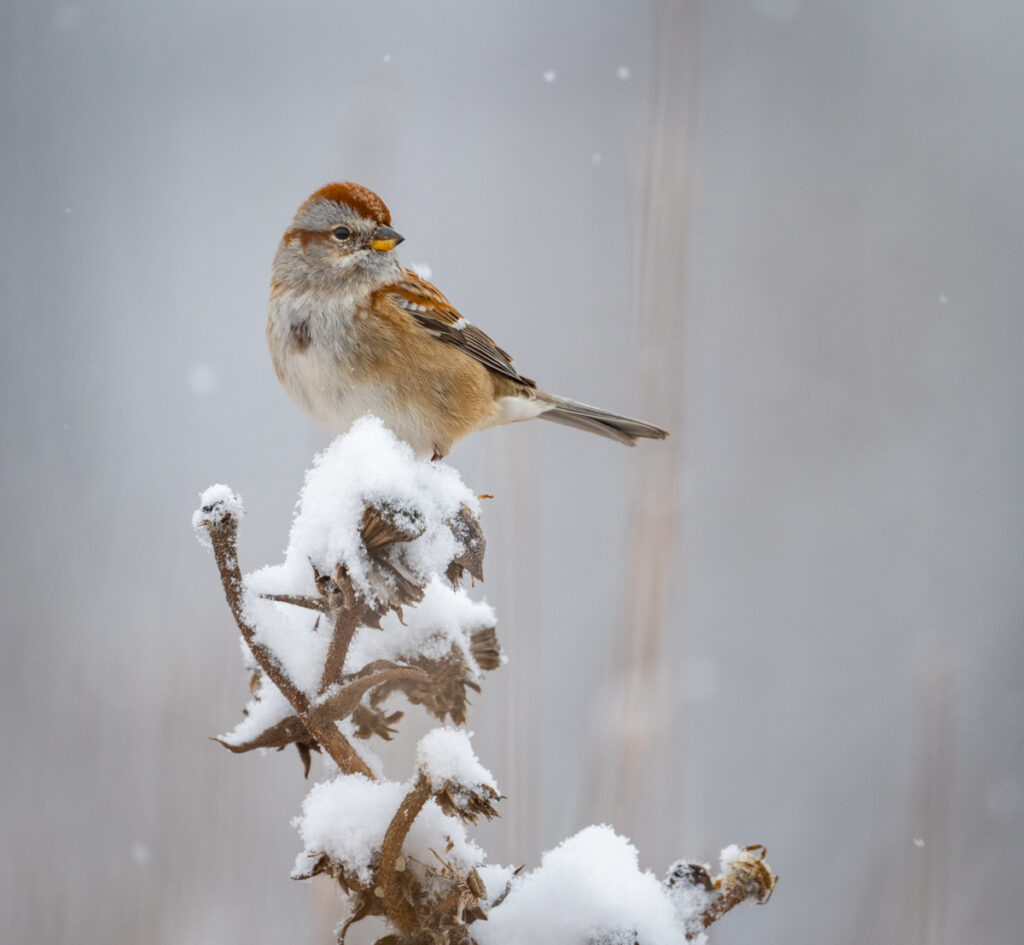
Long before winter arrives, over 40% of the world’s bird species have hot-footed it out of there and migrated to warmer climes far away from the incoming ice, snow and freezing winds. Of course, migration itself is a perilous journey that will always claim some lives. But what of those species who remain, the resident birds?
Birds are endothermic, meaning they generate heat internally to maintain a stable body temperature. Birds expend a phenomenal amount of energy at most times, so in winter they require an ample and reliable food supply to replace the energy used to produce heat. Alongside the frantic feasting of migrant species, all species who remain in colder climates will have also been piling on the pounds at the tail-end of summer and throughout fall. While their migrant cousins need this extra weight for energy to sustain them on their journeys, resident birds need the extra layer of fat for insulation, and this stored energy also acts as a vital resource during periods when food is scarce, or temperatures are exceptionally harsh.
Like us, shivering is another physiological mechanism that birds use to generate heat. When temperatures drop, muscles contract rapidly to counteract this heat loss, but this then increases their metabolic rate, burning calories faster than in milder seasons. While this does produce warmth and is an effective short-term solution, it also increases energy demand, making adequate nutrition essential.
Feathers are also exceptional insulators for all birds, trapping layers of air close to the body to retain heat. You will often see birds fluff up their feathers which create insulating air pockets, and they can further reduce heat loss by tucking their heads under their wings while resting and raising and tucking their legs on an alternate basis. This lets one do the standing work while the other is safely nestled against their body warming back up again until the time comes to swap.
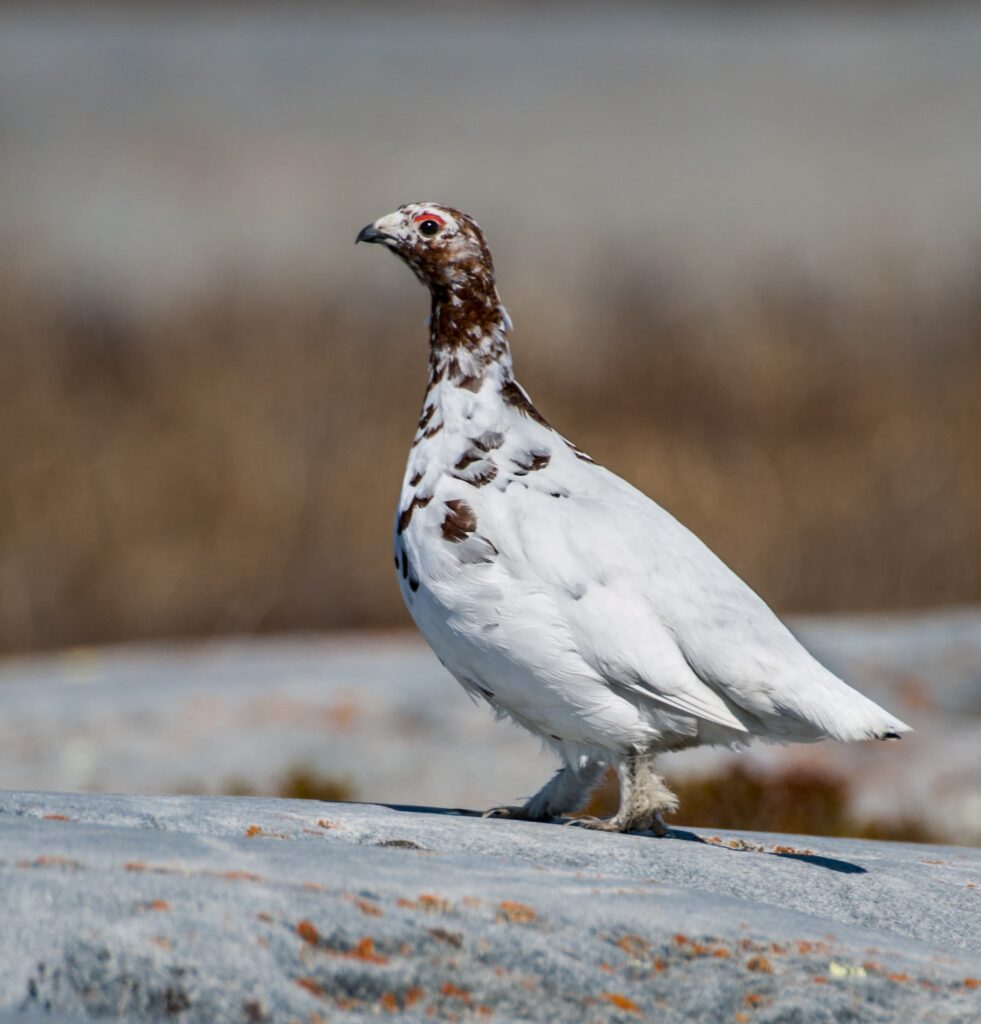
But some species also undergo dramatic plumage changes when winter arrives. The willow ptarmigan is an excellent example of this adaptation as the seasons shift. In summer, it has brown and mottled feathers lending camouflage to the surrounding environment, but as winter approaches and the snows come, it molts all of those brown feathers and grows a fresh set of pure-white, denser feathers, offering both increased warmth and the perfect concealment against predators. As the snows subside when Spring comes around, those brown feathers also return.
Another key adaptation is something called countercurrent heat exchange, a process that takes place in a bird’s legs. Blood vessels in their legs are arranged in such a way that warm arterial blood from the heart heats the cooler venous blood returning back up to the body, minimizing heat loss and keeping their core warm, even when their feet are exposed to ice or snow.
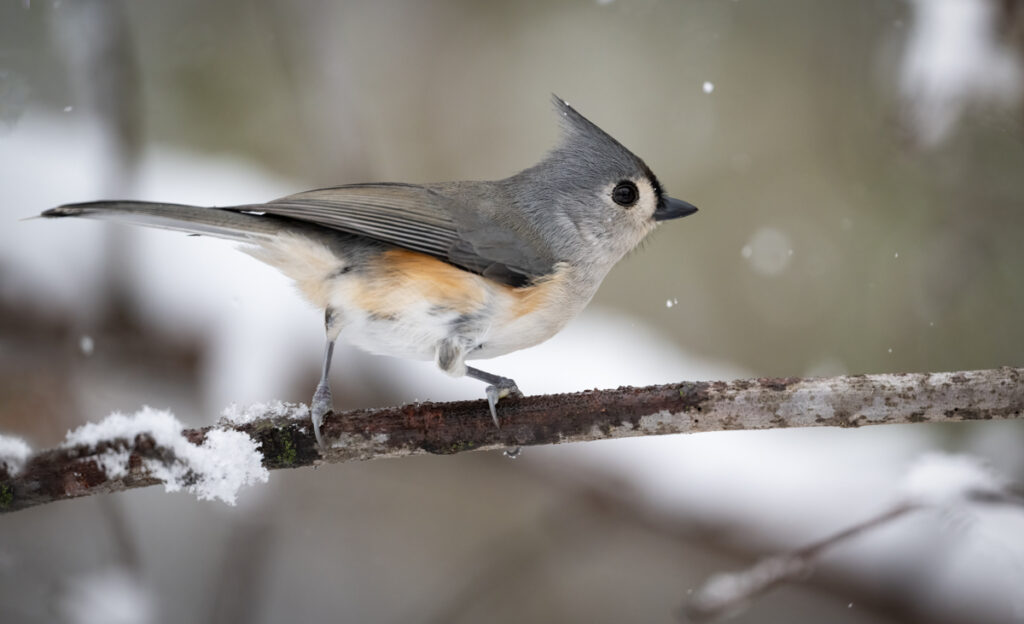
Many birds also rely on certain behaviors to conserve energy and combat cold stress. Cavity nester species like nuthatches, titmice, treecreepers and even downy woodpeckers take advantage of communal roosting—huddling together in tree cavities, sharing body heat, and significantly reducing energy expenditure during frosty nights. If you have infrared goggles or thermal imaging binoculars or cameras, do step outside on a cold night and take a look at some trees nearby; chances are you will see a warm glow deep within the bark giving away the presence of these tightly packed groups of sleeping birds.
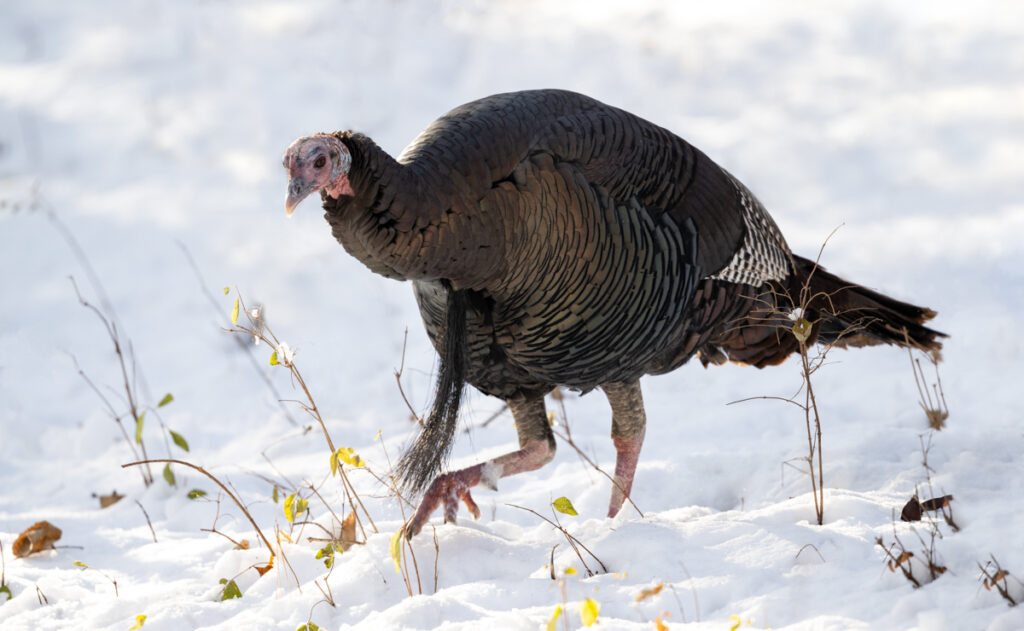
Some birds like wild turkeys employ another useful strategy during the day. While they also roost in trees overnight to avoid predators, they spend daylight hours foraging in large flocks. This social behavior provides mutual vigilance against threats, allowing them to focus on finding calorie-rich food to sustain their large bodies in winter. They also have tough scales on their legs which provide an extra layer of protection against the elements.
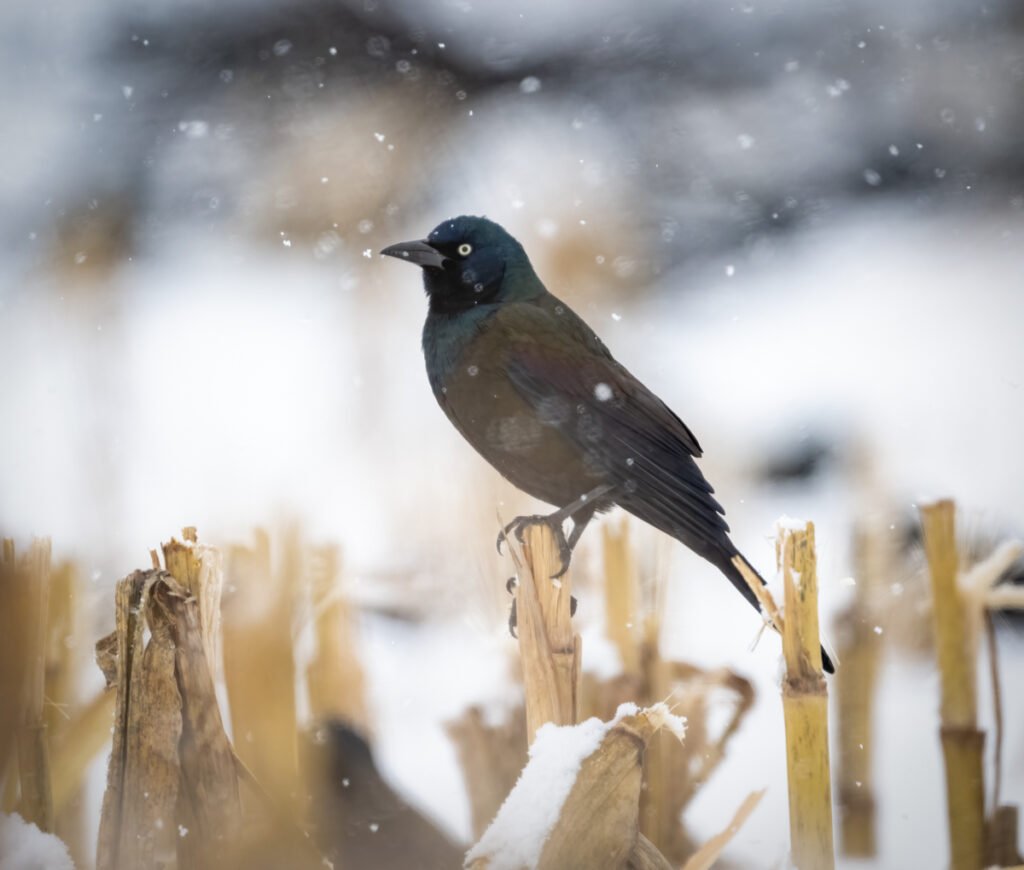
Birds have proven themselves to be marvels of adaptation, employing a combination of physical and behavioral strategies to survive winter’s chill. By studying these adaptations, we not only gain insight into the resilience of wildlife and the delicate balance required to thrive in extreme environments, but we can also develop a deeper respect and appreciation of those birds who must spend every winter outside, patiently waiting for the return of warmer days.


